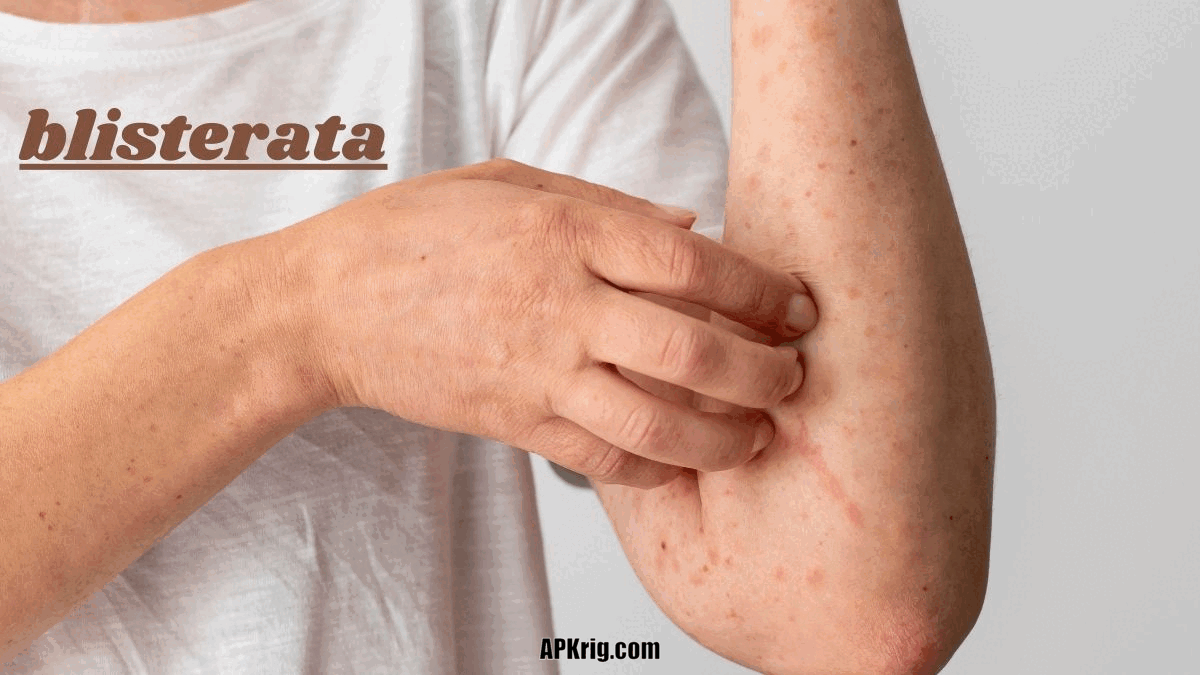Blisterata: Understanding, Prevention, and Treatment Strategies
Contents
- 1 Introduction
- 2 Understanding Blisterata Formation
- 3 Symptoms and Signs of Blisterata
- 4 Prevention Techniques
- 5 Treatment Options
- 6 How to Care for Blisters
- 7 When to Seek Medical Attention
- 8 The Psychological Impact of Blisterata
- 9 Athlete’s Perspective: Dealing with Blisters
- 10 Blisterata Management in Specific Situations
- 11 Innovations in Blister Prevention and Treatment
- 12 Case Studies: Successful Blister Management
- 13 Myths and Misconceptions About Blisters
- 14 Conclusion
- 15 FAQs on Blisterata
Introduction
Blisters, medically referred to as “blisterata,” are a common dermatological issue that affects people of all ages. These fluid-filled sacs can be painful and inconvenient, often appearing at the most inconvenient times. Understanding the causes, symptoms, prevention, and treatment options for blisterata is crucial for managing this condition effectively.
Understanding Blisterata Formation
What are blisters?
Blisters are small pockets of fluid that form in the upper layers of the skin. They can occur due to friction, burns, infections, or other underlying medical conditions.
Causes of blister formation
Blisters can form as a result of friction, such as prolonged rubbing or pressure on the skin. Additionally, burns, exposure to chemicals, allergic reactions, and certain medical conditions can also lead to blister formation.
Types of blisters
There are several types of blisters, including friction blisters, heat blisters, and blood blisters. Each type has distinct characteristics and causes.
Symptoms and Signs of Blisterata
Visual signs
Blisters typically appear as small, fluid-filled sacs on the surface of the skin. They may be clear, cloudy, or filled with blood, depending on the underlying cause.
Physical sensations
Blisters can cause discomfort or pain, especially when they are in areas of high friction or pressure. They may also itch or tingle as they heal.

Prevention Techniques
Proper footwear
Wearing properly fitting shoes and socks can help prevent friction blisters, particularly for athletes and individuals who engage in physical activities.
Moisturization
Keeping the skin well-hydrated can reduce the risk of blister formation by maintaining skin integrity and elasticity.
Protective measures
Using gloves, bandages, or blister pads can provide a barrier between the skin and potential sources of friction or irritation.
Treatment Options
Home remedies
Simple home remedies such as applying aloe vera gel, petroleum jelly, or a cold compress can help relieve discomfort and promote healing.
Medical interventions
In severe cases or if the blister becomes infected, medical treatment may be necessary. This may include draining the blister, applying antibiotics, or other medical procedures.
How to Care for Blisters
Cleaning and dressing
Keeping the blister clean and covered with a sterile bandage can prevent infection and promote healing.
Allowing healing time
Avoiding activities that aggravate the blister and allowing it time to heal is essential for optimal recovery.
When to Seek Medical Attention
If a blister shows signs of infection, such as redness, warmth, or pus, or if it does not improve with home treatment, it is important to seek medical attention.
The Psychological Impact of Blisterata
Blisters can have a significant psychological impact, causing frustration, embarrassment, or anxiety, particularly for individuals whose activities are limited by blister-related pain.
Athlete’s Perspective: Dealing with Blisters
Athletes often face challenges related to blister management, as blisters can interfere with training and competition. Implementing preventive measures and proper blister care routines is essential for athletes to perform at their best.
Blisterata Management in Specific Situations
Sports and athletics
Athletes and sports enthusiasts can benefit from specialized blister prevention products and techniques tailored to their specific activities.
Occupational hazards
Individuals in occupations that involve repetitive movements or prolonged standing may be more prone to developing blisters. Implementing ergonomic practices and protective measures can help reduce the risk.
Innovations in Blister Prevention and Treatment
New materials and technologies
Advancements in materials science and technology have led to the development of innovative blister prevention products, such as moisture-wicking socks, friction-reducing patches, and breathable bandages.
Emerging trends
Research into the biomechanics of blister formation and healing is ongoing, with promising new approaches and therapies on the horizon.
Case Studies: Successful Blister Management
Real-life case studies highlight effective blister prevention and treatment strategies in various settings, offering valuable insights and practical solutions.
Myths and Misconceptions About Blisters
Dispelling common myths and misconceptions about blisters can help individuals make informed decisions about their care and treatment.
Conclusion
In conclusion, blisterata is a common dermatological condition that can cause discomfort and inconvenience. By understanding the causes, symptoms, prevention, and treatment options for blisters, individuals can effectively manage this condition and minimize its impact on their daily lives.
FAQs on Blisterata
- Can popping a blister make it heal faster?
- Is it okay to continue physical activity with a blister?
- What should I do if my blister becomes infected?
- Are there any natural remedies for treating blisters?
- Can wearing tight shoes cause blisters?

